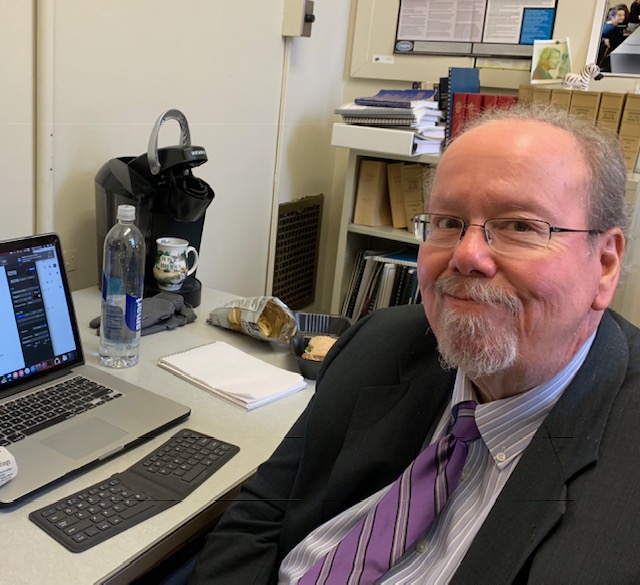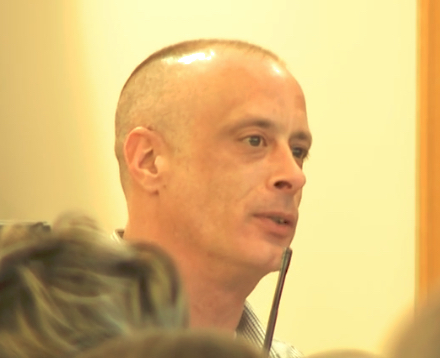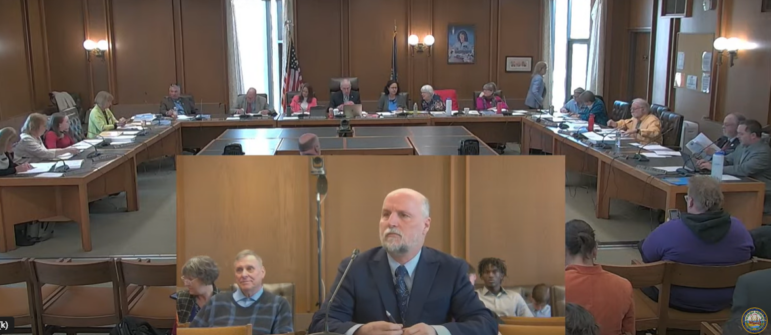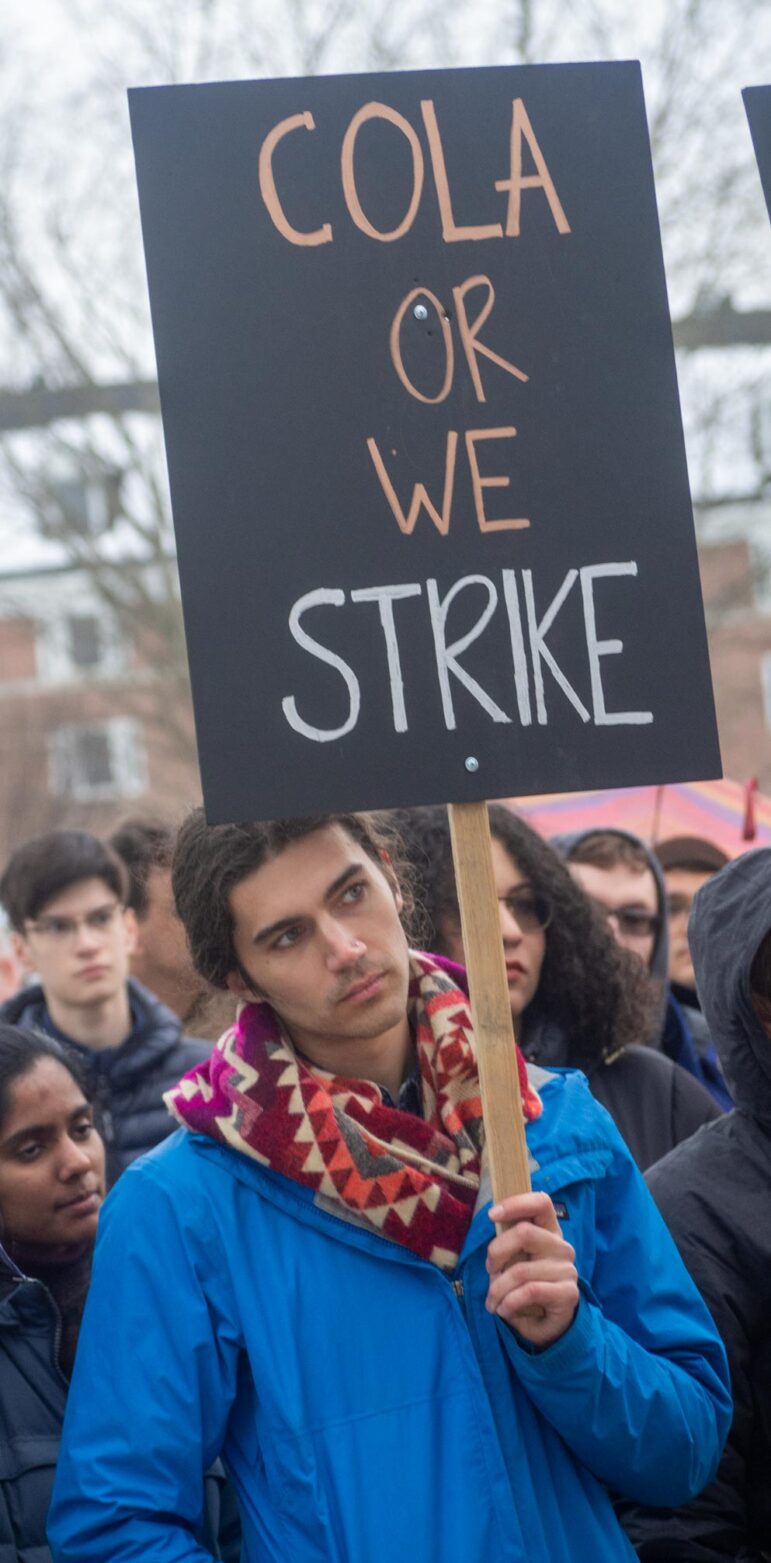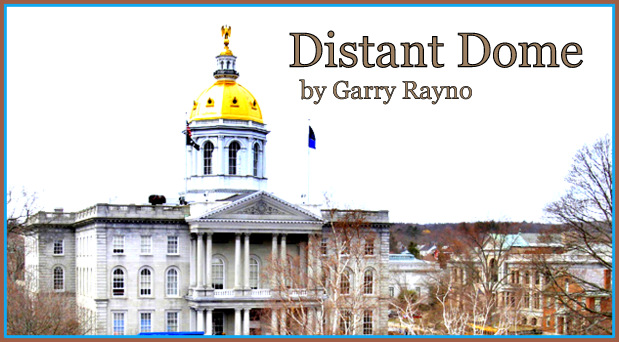
By GARRY RAYNO, InDepthNH.org
The school year is about to begin, and while everyone longed for this to be a “normal year,” that is not possible.
For public schools on the elementary and secondary level, the dream was students would be back in school buildings, classes would be in-person, and life would quietly return to the pre-pandemic.
Some people hope you still believe that, but instead things are more uncertain than ever as the school year begins.
There are a number of reasons, many have to do with the pandemic, and the hyper-polarized environment that has been created, but other ambiguities contribute to the precariousness as well.
Longtime U.S. House Speaker Thomas “Tip” O’Neill often reminded his fellow politicians “that all politics is local.”
And that is the case in New Hampshire where school boards have become the hottest culture war battleground.
Proud Boys and Neo-Nazis used to inhabit the streets of big metropolitan areas, but now they go to school board meetings, particularly when the discussion is whether students should be required to wear masks during the school day.
This new presence in New Hampshire, is a disturbing visual for most longtime residents not used to such displays. So are the display of assault rifles and other military gear at rallies and protests.
School board members often work with upset parents or groups, but few have been threatened as some have been recently.
And the angry parents are more vocal and forceful, turning meetings into verbal wars.
This show of force is meant to intimidate and bully to force the wishes of a small minority on the majority.
Gov. Chris Sununu and Department of Education Commissioner and other state leaders cite the old adage “local control” which is usually thought of as a good thing in New Hampshire.
But in this case it is more like “you’re on your own.”
It is not local control when lawmakers pass and the governor signs a bill that prohibits public entities from requiring people be vaccinated to go into a public building or meeting or activity.
The law prohibits the University of New Hampshire from requiring students, faculty and staff be vaccinated before the fall semester begins, unlike Dartmouth and several other New Hampshire colleges that have that requirement.
Similarly public schools, traditional and charter, cannot require vaccinations.
So instead of a statewide plan for keeping students, teachers and staff as safe as possible, education commissioner Frank Edelblut says student masking should be a parental choice.
That would be fine if a family was in its own self-contained bubble, but they are not. The parents’ decision to not have their child wear a mask affects other students, teachers and anyone else coming in close contact if the student becomes infected.
Schools are open in other parts of the country, and there have been many instances of moving to remote learning and in one California elementary school, an unmasked teacher infected half of her class.
Leaving the decision to local school boards and parents moves the battle to the local level and allows state politicians to escape the barbs and arrows.
That may make good sense politically if you are running for re-election next year and want to offend the fewest number of people possible, but it is not good public health policy.
Divisive Concepts
Following on the heals of the culture war over masks and vaccines mandates is new “anti-discrimination” law that educators will have to navigate in the classrooms.
The New Hampshire version of what was a presidential executive memo by former President Donald Trump, says that no one can be seen as inherently superior or inferior to another due to race, gender, etc.
Among the concerns of educators is a provision that a teacher found violating the law would have to go before the Board of Education and potentially lose his or her teaching credentials.
Like many education laws passed this session, the bill gives parents greater leeway to make complaints.
Opponents of the law call it contradictory on many levels, although the author of the state’s version, Sen. Jeb Bradley, R-Wolfeboro, calls it very clear.
The Attorney General’s Office and the Department of Education issued guidance on the new law, but many said they did little to clarify the situation.
‘Freedom Accounts’
If the newest and most infectious COVID-19 surge and divisive concepts law are not enough, public schools face more uncertainty when it comes to the newly approved “voucher” program allowing students to take their state adequate education money with them to private and religious schools, alternative programs and homeschooling.
The Department of Education scrambled to put together interim rules for the program to begin this school year, and it showed the many problems the Joint Legislative Committee on Administrative Rules staff found when they were presented to the committee.
Much of the nuts and bolts of the program are left to the Children’s Scholarship Fund New Hampshire, which manages the program for a 10 percent commission, to develop and work out.
What’s the hurry you may ask? It is similar to what happened in 1999 when the Legislature approved a new education funding system after the state Supreme Court’s Claremont education lawsuit decision.
Once the state checks went to school districts, there was no turning back.
Once these checks are sent to the parents taking their kids out of their public schools, there is no turning back and it will be much more difficult to end the program.
School districts, at this point, do not know what to expect, and a three-year step down in state aid will do little to offset significant revenue loss if a large number of students leave a school district.
The Legislative Budget Assistant’s Office suggested the state’s exposure for the program could be $75 million a year.
Below par schools in the poorest districts are the ones most likely to experience a student exodus, which will exacerbate those districts’ financial challenges.
Education Funding
It has now been 30 years since the courts told lawmakers to fix the education funding system, and this legislature sought to reverse some of the progress made two years ago by moving more money to property-poor districts.
Schools faced the daunting possibility of losing significant state aid in the new biennium because of a major drop in enrollment and people filing the paperwork for free and reduced lunches, both due to the pandemic. State aid is based on average daily attendance and such things as students in poverty, special education and English-as-a-second-language programs.
While lawmakers adjusted for some of those losses in the new budget, they did not continue disparity aid to the extent the previous legislature did when it significantly increased state aid to property-poor school districts.
The new budget contains about $17.5 million in targeted aid to districts with high poverty, about one-quarter of what was sent last fiscal year in disparity aid.
What the new budget does contain is $100 million to offset what communities have to raise in the statewide education property tax that contributes about $363 million annually to education although it never leaves the district where it was raised.
A number of property wealthy communities raise more in statewide property tax than they would receive for a state adequacy grant but keep the extra money to avoid the dreaded idea of donor towns.
So lawmakers included $15.6 million in additional money for the communities that would lose their extra money with the $100 million reduction in statewide property tax.
Overall, the new budget for all education — as opposed to state education funding — would be an increase of about $28 million in the first year of the biennium over fiscal 2021, but a $40 million decrease in the second year of the biennium.
While the overall reduction is not that significant, how it is distributed is.
The reduction in state aid comes as school districts scramble to find new employees, from teachers to bus drivers.
Several hundred millions of dollars in new federal aid is earmarked for schools, but is not intended to offset operating costs.
Rather most of it will be used for one-time projects benefiting school districts long-term.
Most everyone agrees students need to be back in school buildings, but how to achieve that is unsettled as the school doors swing open once again.
Garry Rayno may be reached at garry.rayno@yahoo.com.
Distant Dome by veteran journalist Garry Rayno explores a broader perspective on the State House and state happenings for InDepthNH.org. Over his three-decade career, Rayno covered the NH State House for the New Hampshire Union Leader and Foster’s Daily Democrat. During his career, his coverage spanned the news spectrum, from local planning, school and select boards, to national issues such as electric industry deregulation and Presidential primaries. Rayno lives with his wife Carolyn in New London.
